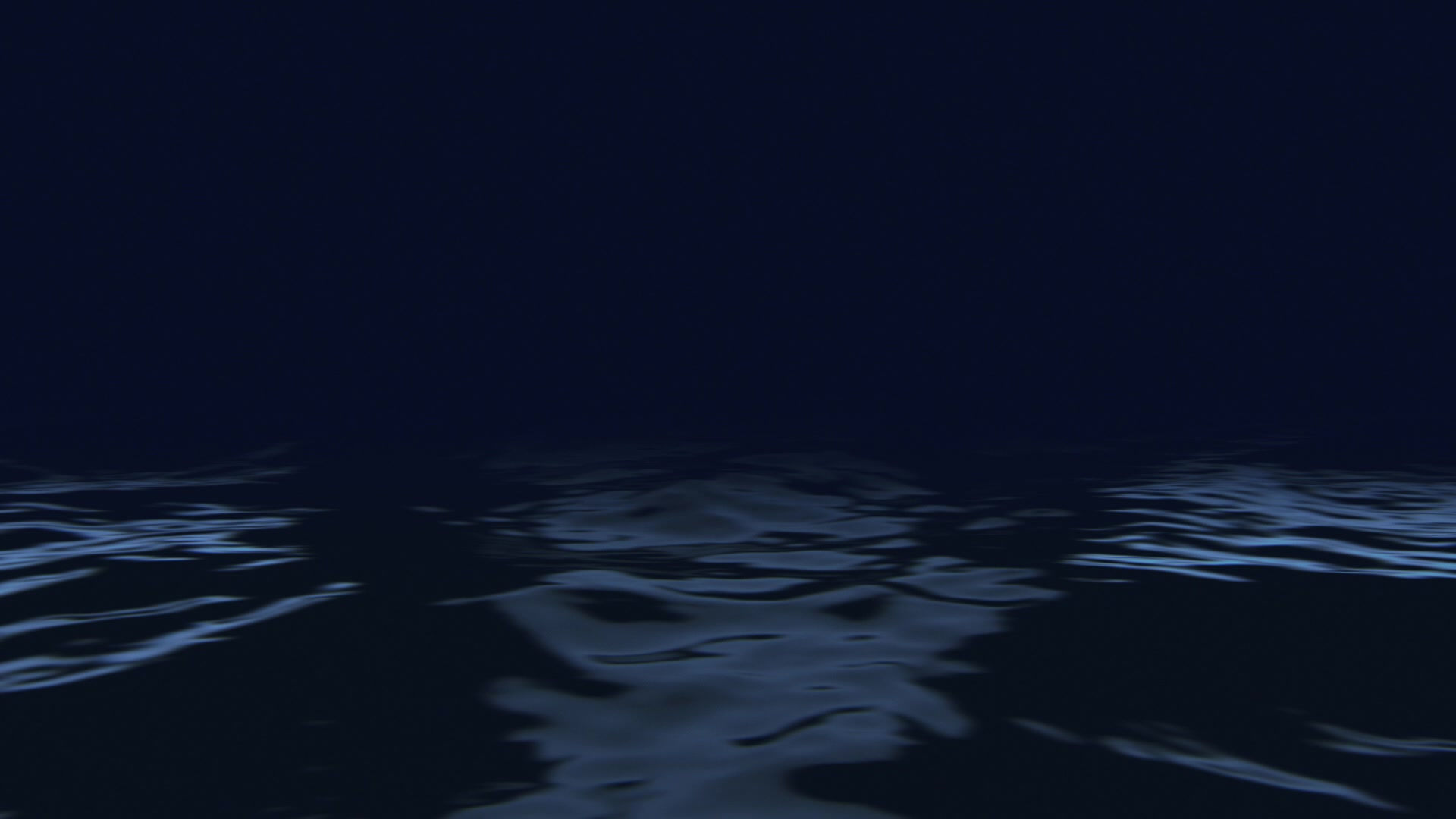

OUR STORY

George Dante, a prominent taxidermist, has spent years working on restoring historic dioramas at natural history museums. As plans developed for restoration, he often realized that all involved had more questions than answers about the projects. How were they originally built? What materials were used? What were the options for restoring them? George realized that no one had ever fully documented the processes of creating these exhibits, and countless others like them around the world. Each one was unique, created differently by the artists of decades past.
George felt fortunate to have previously worked alongside experienced museum professionals who intimately knew the processes of how the exhibits were built. The information, however, was conveyed to him verbally, like diorama folklore, never documented in any kind of formal reference manual. George realized this critical information was in danger of being lost as these professionals retired. The new staff at museums, who hadn’t born witness to the creation of these exhibits, lacked this experience and sought help in every aspect of the preservation and restoration of the exhibits.
George began brainstorming with some of his professional mentors and colleagues. Over the course of many enthusiastic conversations, they grew more excited about the idea of creating an entity that would preserve and document the methods used in the creation of these exhibits. Everyone agreed that there was a timely need for the gap to be bridged between the people who built these exhibits and their current stewards. And so, the idea of the Institute for Natural History Arts was born.
Historic specimen collections and habitat dioramas are two of the most important parts of a natural history museum. As these collections age, proper care and conservation is critical to ensure their continued existence as viable exhibits and teaching aids. By documenting and recording the history of natural history museum collections and exhibitions, we are better able to appreciate their significance. It is imperative to understand the various processes and materials used to create them. The Institute closely examines the various processes of taxidermy, exhibit fabrication, and model making, including collecting expeditions and specimen procurement.














